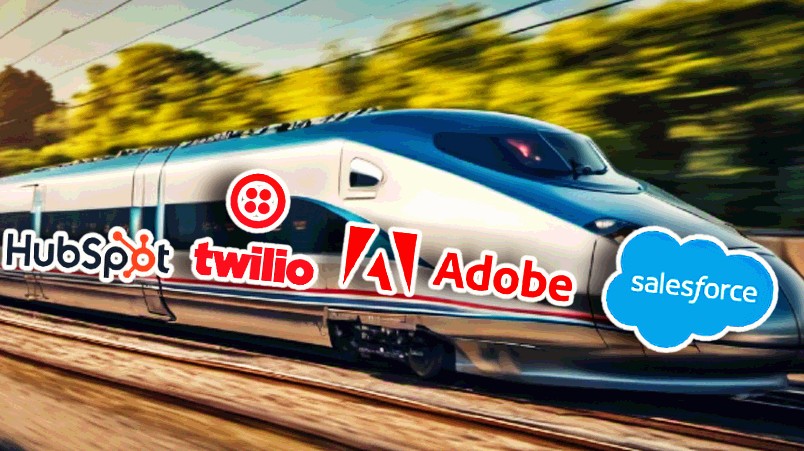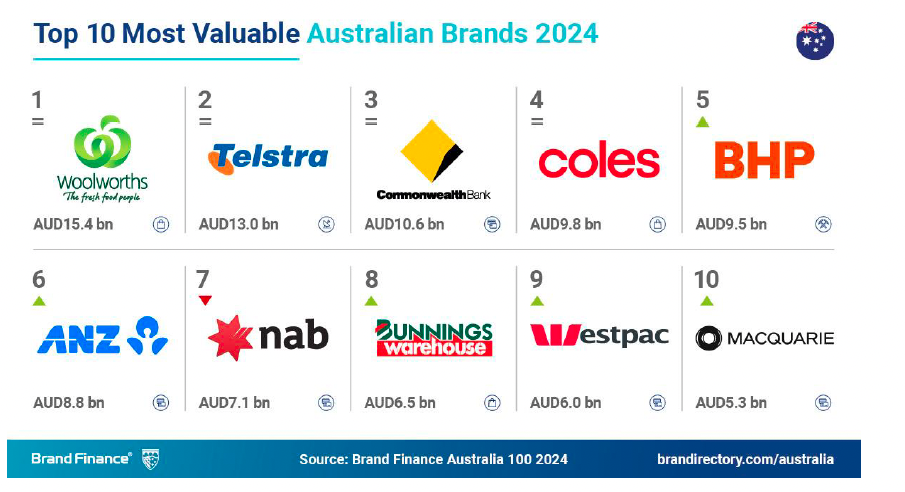What consolidation? Martech spending accelerates hard as agency holdco majors sprint to front-run next boom

What you need to know:
- Forrester predicts global spending on martech will increase from $131 billion in 2023 to $216 billion in 2027, and says 66 per cent of CMOs planned increases in their martech spend last year.
- Growth will be driven by the need to tame the complexity of consumer’s digital experiences. That means a greater focus and investment in integration – the great bugbear of current martech solutions.
- Stacks will be much more composable as the age of the unified cloud recedes.
- Forrester identifies three pillars of modern marketing; experience delivery and automation, resource and performance management, and customer data and management analytics.
- Vendors have recognised the need to invest more in integrations with niche providers.
- Global holdcos are also alive to the opportunity and have been restructuring their organisations and their approach to resource allocation accordingly.
We forecast global martech spending to grow at a compound annual growth rate (CAGR) of 13.3 per cent between 2023 and 2027, with growth most prominent in technologies related to customer data management, customer analytics, marketing performance management, and marketing automation.
For all marketer talk of consolidation, the outlook for martech spending remains one of rude health.
Tech research outfit Forrester’s new Global Martech Software Forecast 2023 to 2027 indicates that spending in the sector will grow by 64 per cent between 2023 and 2027, from $131 billion last year to $216 in three years time.
By way of comparison, research rival Gartner says total IT spending will grow at 6.8 per cent this year.
What is changing however is the narrative. As the age of composability – i.e. flexible, modular, multivendor stacks – rises, the dream of the all-encompassing marketing cloud is receding. Big cloud providers have read the runes and are increasingly investing in better integration into the wider ecosystem.
That robust outlook has not gone unnoticed by the global comms holdcos. The big agency groups have been reorganising recently to capture a growing share of the services market.
According to Forrester, “We forecast global martech spending to grow at a compound annual growth rate (CAGR) of 13.3 per cent between 2023 and 2027, with growth most prominent in technologies related to customer data management, customer analytics, marketing performance management, and marketing automation.”
Brand experience will take the largest chunk of dollars by 2027 growing from US$70bn to US$81billion. Customer data management and analytics (which Forrester calls the ‘Customer Understand pillar” is predicted to be the fastest growing subsegment, up 14 per cent from US$61bn to US$70bn.
Brand strategy, the smallest of the three subsegments, is forecast to grow double digits US$57bn to $US64bn.
Meanwhile, CMOs might want to start budgeting a little more face time with the CIO. Martech is set to increase its share of enterprise IT budgets from 14.9 per cent last year to 15.4 per cent three years hence.
In addition to the relatively even spread of martech spending across areas of marketing responsibility, Forrester identifies another three key themes in the current marketing tech landscape:
- Data remains the cornerstone of modern technology stacks. The explosion of digital channels necessitates greater investment in customer data management tools such as customer profile solutions, cross-channel identity resolution, and customer data platforms (CDPs) that collect, process, and analyse customer and enterprise data to provide a view of customer behaviour across channels.
- Integration still sucks. Martech is one of the most fragmented software markets, with thousands of vendors that span 100 functional areas in six categories. And while almost half of the marketers Forrester surveyed said they want to reduce the number of providers, the reality remains that they need “to better integrate their existing ecosystem of disparate tools”.
- Complexity remains. Forget the dream (and the sales deck) that promises a complete and self-contained martech ecosystem. Most marketers need to complement them with point solutions that address their specific needs, says Forrester.
Composability over clouds
Martech consolidation remains a key strategic concern for the majority of CMOs. That’s already playing out in Australia, with organisations like Lendlease and Opera House implementing big consolidation plays.
While Salesforce and Adobe respectively were on the wrong side of those transactions, the outlook for the two market leaders remains optimistic, per the analysts.
“Large martech vendors like Adobe and Salesforce consistently deliver strong revenue performance and outperform the “rule of 40” metric (where revenue and profit growth combined adds up to a number above 40), owing to their large market presence, recurring subscription models, and operational efficiency.”
According to Forrester as marketers pursue martech ecosystem integration over all-singing marketing clouds, they will prioritise “functional consolidation over vendor consolidation” with the goal of getting all of their operating tech capabilities in one place.
Little wonder then that the vendors themselves are now adopting integration-first approaches, prioritising integration with other vendors.
Forrester also flags emerging low-code approaches to development and the impact of GenAI on martech innovation.
On the former, it notes that due to the vast range of marketing applications, processes, and data which all require constant updates, “Martech is fertile ground for low-code application development. Applying low-code to martech allows marketers to self-service tasks, accelerate innovation, and avoid being locked into a specific tech stack.”
On the latter, it says GenAI’s potential goes far beyond the initial use cases such as writing and testing email copy.
“Future use cases include natural language querying for creating new audience segments, modelling and optimising performance metrics, and tasks such as customer journey design. GenAI will also open new opportunities for marketing to align with customer experience (CX) through conversational commerce.”
Follow the money
As martech spending grows, the major comms holdcos are doubling down their investments in their tech capabilities.
Havas, part of media, entertainment, and communications group Vivendi hast week appointed David Shulman as the CEO of its new global Customer Experience (CX) network. Shulman will lead a team of over 1,800 individuals across 26 Havas Villages as the holdco aligns its CX agencies under a single banner.
IPG Mediabrands meanwhile consolidated its approach in the second half of 2023, merging Matterkind and Reprise into Kinesso. Previously each managed its own P&L.
Describing the rationale for the move, the company said in a statement announcing the news, “By the year 2025, the media landscape is set for a profound and irreversible transformation.” It cited three driving factors.
“First, 75 per cent of all media will undergo a radical shift towards automation and AI-driven optimisation, revolutionising the way content is created and delivered.”
Next, it noted its belief that fully 90 per cent of online content “will originate from AI-generated sources, redefining the boundaries of creativity and information dissemination”. (Or alternatively creating a synthetic tsunami of epic proportions)
“Lastly, the retail media sector will experience a surge, with a remarkable US$121.9 billion of investment, making it the fourth-largest media channel.”
AI-powered rostering
Chasing the growing tech dollar is not only impacting organisational structures, but how holdcos are allocating resources across their units.
As well as creating AI-powered ‘brand brains’ to generate ad assets (now live with L’Oreal and with the likes of Ford and Coke in train), WPP has embarked on a mission to allocate its entire 120,000 staff via AI and create a fluid workforce across its agency brands.
It wants to put talent-pooling initiatives by rival advertising multinationals in the shade – and AI chief Daniel Hulme believes the machines can help staff avoid burnout while giving people broader scope to do what they are good at, not just what’s listed on their job spec.
The template has been built by AI specialist Satalia, which WPP acquired in 2021, wrapping it into Wunderman Thompson. Hulme, the firm’s founder and CEO, is now WPP’s AI chief.





